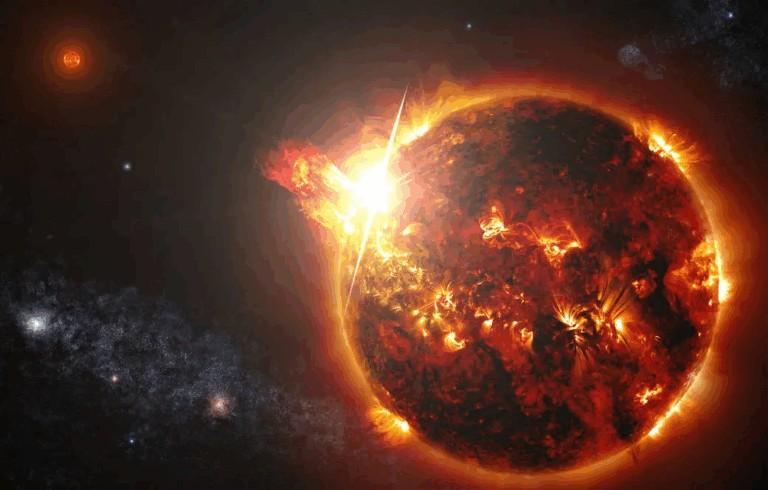
NASA Reopens After 43-Day Shutdown
The United States National Aeronautics and Space Administration, commonly referred to as NASA, has finally resumed full operations after a record 43-day government shutdown that left most of its staff at home and paused significant scientific work. This shutdown, which was the longest in U.S. history, had a profound impact on NASA’s operations, with approximately 95% of its employees furloughed and many critical projects put on hold.
As the shutdown ended, NASA teams have returned to work, with a primary focus on rebooting and resuming the numerous projects that were paused during the shutdown. One of the critical areas of focus is IT support, which is working tirelessly to restore systems and ensure the smooth functioning of all operations. This includes checking and verifying the integrity of data, software, and hardware systems that were left unattended for an extended period.
Fortunately, despite the prolonged shutdown, no major incidents occurred in space, and all NASA spacecraft and satellites continued to operate as expected. However, key projects like the Artemis moon missions, which aim to return humans to the lunar surface by 2024, will require thorough system checks before they can be restarted. These checks are essential to ensure that the missions can proceed safely and successfully.
The Artemis program is a high-priority project for NASA, and the shutdown has undoubtedly caused some delays. However, NASA administrators are confident that the agency can get back on track and meet its deadlines. The success of the Artemis program is crucial not only for NASA but also for the United States, as it represents a significant step towards re-establishing the country’s presence in space exploration.
In addition to the Artemis program, NASA has numerous other projects that were affected by the shutdown. These include the International Space Station, the Hubble Space Telescope, and various Earth science missions. All of these projects require careful evaluation and testing to ensure that they can be safely and effectively resumed.
As NASA returns to full operations, the agency’s scientists and engineers are working diligently to catch up on lost time. They are prioritizing the most critical projects and activities, such as the Artemis program, while also attending to the numerous other tasks and responsibilities that were put on hold during the shutdown.
The 43-day shutdown has had a significant impact on NASA’s budget, with estimated losses of over $1.5 billion. This is a substantial blow to the agency, which relies on a limited budget to fund its operations and projects. The shutdown has also affected the morale of NASA employees, many of whom were forced to take unpaid leave or work without pay during the shutdown.
Despite these challenges, NASA remains committed to its mission of exploring space and advancing scientific knowledge. The agency’s dedication to its work is evident in the enthusiasm and energy of its employees, who are eager to get back to work and contribute to the success of NASA’s projects.
As NASA resumes its operations, the agency is also reflecting on the lessons learned from the shutdown. The experience has highlighted the importance of having a stable and predictable budget, as well as the need for contingency planning and emergency preparedness. NASA is taking steps to mitigate the effects of future shutdowns, including developing strategies for maintaining essential operations and minimizing the impact on critical projects.
In conclusion, NASA’s reopening marks a significant milestone for the agency and the scientific community. After a record 43-day shutdown, NASA is back in action, with its teams working tirelessly to reboot and resume critical projects. While the shutdown has caused some delays and challenges, NASA remains committed to its mission and is eager to get back on track. With the agency’s dedication and perseverance, there is no doubt that NASA will continue to push the boundaries of space exploration and scientific discovery.





